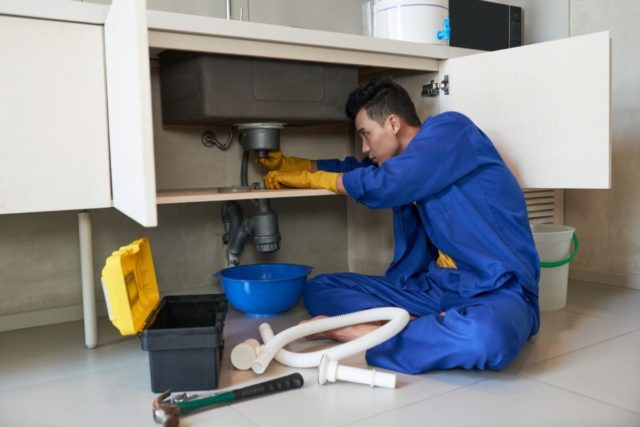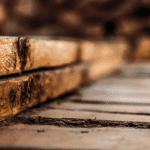Every homeowner or renter has faced the inconvenience of a clogged drain at one point or another. The slow draining water, rising levels in the sink, and sometimes even unpleasant odors can be more than just a minor annoyance. But before you reach for the phone to call in professional help, consider that many common clogs can be tackled with a few tools and techniques.
The Good Old Plunger
The plunger can be a lifesaver for various drains in addition to toilets. A cup-shaped plunger works well in sinks and baths. Add enough water to the sink or bathtub to cover the rubber part of the plunger. Make sure the plunger has a tight seal by positioning it over the drain. Suction is created by repeatedly applying forceful pressure and pulling up, which frequently loosens the clog. This approach works especially well for small blockages. Frequent use can also stop accumulations in the future.
Natural Cleaners: Baking Soda and Vinegar
For an equally effective but more environmentally friendly method, do away with the chemicals. After pouring one cup of baking soda and one cup of white vinegar down the drain, stop. It’s going to bubble and fizz. Give it a half hour or more to settle. Following that, flush with hot water. Numerous typical blockages are broken up by the effervescence’s cleaning action. With the help of this combination, obstructions are removed and smells good coming from your drain.
The Bent Wire Hanger
A simple wire coat hanger can be transformed into a handy tool. Straighten it out and then bend one end to create a small hook. Push the hooked end down the drain, and you might be able to fish out hair and other debris causing the blockage. Remember, the goal is to pull gunk out, not push it further in. With a little patience, this method can be surprisingly effective. Ensure you clean and dispose of the removed debris properly.
Boiling Water
Sometimes, all it takes to clear a blockage is a kettle full of boiling water. Slowly pour boiling water down the drain in two to three stages, allowing the hot water to work for a few seconds in between each pour. This method is often surprisingly effective, especially against soap or grease buildups. It’s also a cost-effective and environmentally-friendly approach. Repeat this once a week as preventive maintenance.
Professional Assistance
While the methods mentioned above can tackle many clogs, there are instances where DIY approaches might not be enough. For residents in Brisbane, Australia, facing severely blocked drains, it’s crucial to have dependable local professionals, such as a plumber in North Brisbane. These experts are equipped with specialized tools and possess extensive knowledge to manage complex plumbing tasks.
Persistent or recurring plumbing issues often indicate deeper problems that require the expertise of a skilled plumber. Promptly seeking the help of a reliable and trusted local plumber can avert larger, more costly issues in the future, thereby safeguarding the longevity and health of your home’s plumbing infrastructure.
Check the P-trap
The P-trap is an U-like conduit that lies under your sink. Occasionally, dirt might gather in it and cause blockages. After positioning a bucket underneath the trap, unscrew it. After removing any obstacles, give the trap a quick water washing and replace the screw. This frequently clears obstructions near the sink’s drain. The accumulation of debris can be avoided by routinely inspecting and cleaning the P-trap. Wearing gloves is a must because the accumulated filth can be uncomfortable.
Using a Plumber’s Snake or Drain Auger
A plumber’s snake, or drain auger, is a long, flexible tool that can be manually rotated to dislodge blockages deep within the drain. Insert the end of the snake into the drain and turn the handle. As the auger moves down the pipe, it can break up obstructions, allowing water to flow freely once more. If you’re a regular DIY enthusiast, investing in a good quality auger can be worthwhile. It’s also essential to follow safety precautions and manufacturer instructions.
When you have the correct methods and a little perseverance, clearing a clogged drain may be a basic process. Several common obstructions can be cleared by using these seven techniques instead of paying for pricey expert assistance. Whether you choose a DIY approach or opt for expert help, the key is to address blockages promptly to maintain a healthy, free-flowing drainage system.










